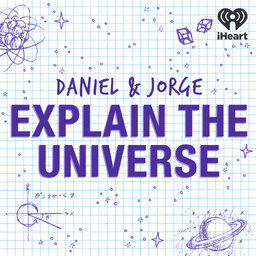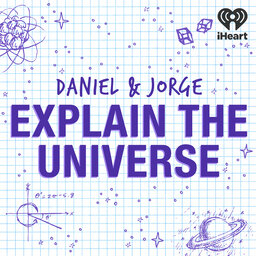What did we learn from the Arecibo Radio Telescope?
Daniel and Jorge tell the story of the construction, the scientific insights and the collapse of the Arecibo Radio Telescope in Puerto Rico
Learn more about your ad-choices at https://www.iheartpodcastnetwork.com
See omnystudio.com/listener for privacy information.
 Daniel and Jorge Explain the Universe
Daniel and Jorge Explain the Universe


